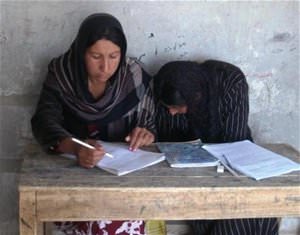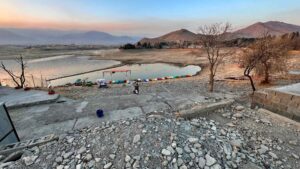‘Tsunami of Cash’ in Afghanistan Is Questioned
Part of the U.S. strategy in Afghanistan is creating a "civilian surge" by pouring more money into development and aid projects to stabilize the country and win the hearts and minds of the people. But some aid workers say the "tsunami of cash" is a case of quantity over quality.
Part of the U.S. strategy in Afghanistan is creating a “civilian surge” by pouring more money into development and aid projects to stabilize the country and win the hearts and minds of the people. But some aid workers say the “tsunami of cash” is a case of quantity over quality. –JCL
Your support matters…Christian Science Monitor:
The US government strategy for improving its struggling reconstruction efforts in Afghanistan relies heavily on spending more money. More on bigger and quicker projects, more on aid workers, and more on monitors – a “civilian surge” to win hearts and minds.
That should be welcome news to development professionals who have spent careers toiling in ravaged regions with only band-aid budgets.
But in Afghanistan, some aid workers actually argue that the aid flow has become a desperate gambit – throwing too much money with too little thought at the problem. They say that perhaps less money is more.
Even consultants hired by the US Agency for International Development (USAID) to evaluate its Afghan projects drop such hints. Tucked near the bottom of a new report on a four-year, $60 million aid project in the remote northern province of Badakhshan (detailed in the Monitor’s investigative piece “How USAID loses hearts and minds”) lies the argument in almost haiku precision: “It would have been better to do less, but endow what was done with more staying power.”
Independent journalism is under threat and overshadowed by heavily funded mainstream media.
You can help level the playing field. Become a member.
Your tax-deductible contribution keeps us digging beneath the headlines to give you thought-provoking, investigative reporting and analysis that unearths what's really happening- without compromise.
Give today to support our courageous, independent journalists.






You need to be a supporter to comment.
There are currently no responses to this article.
Be the first to respond.